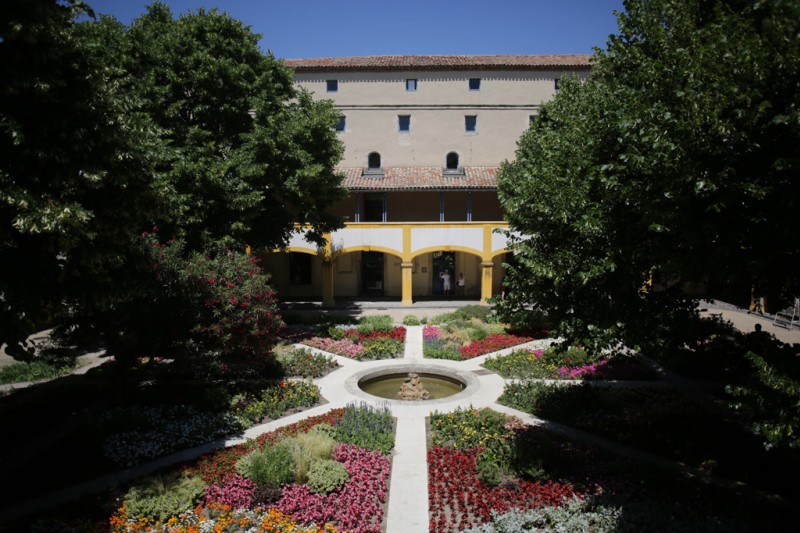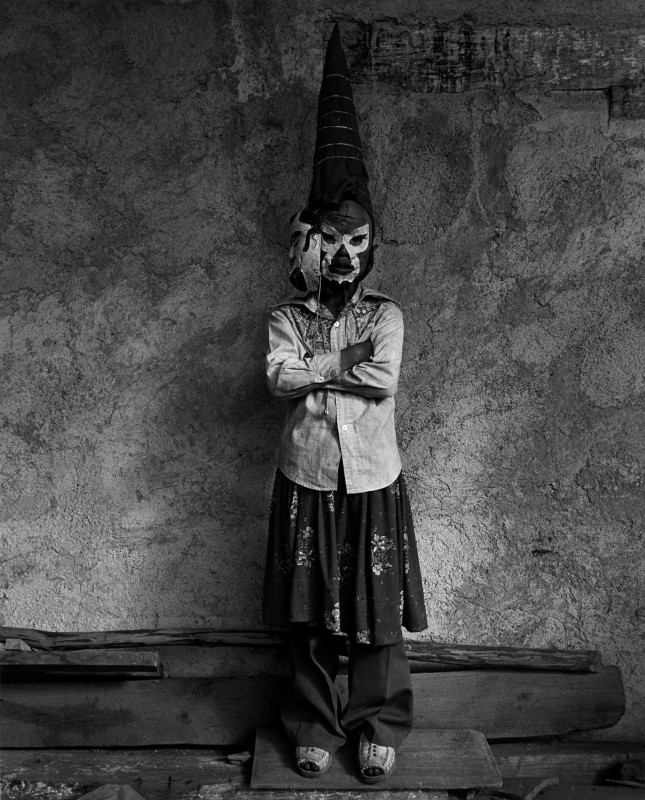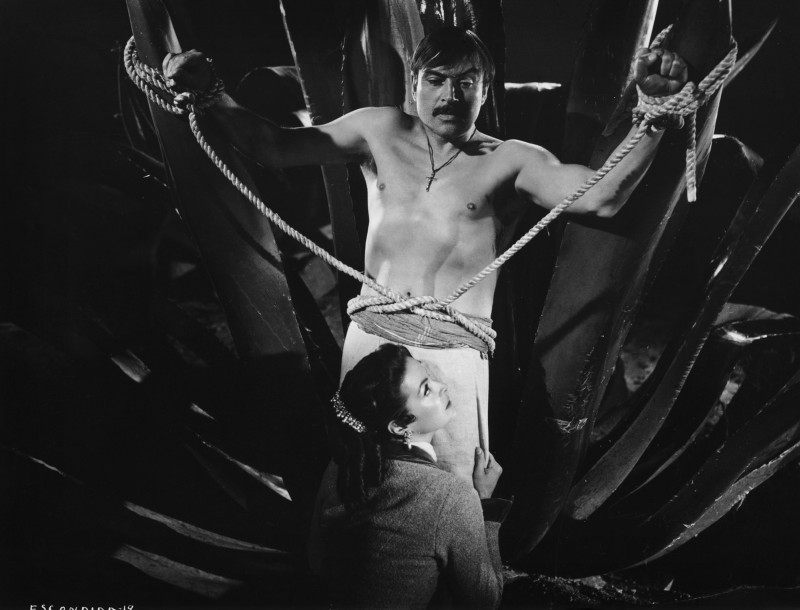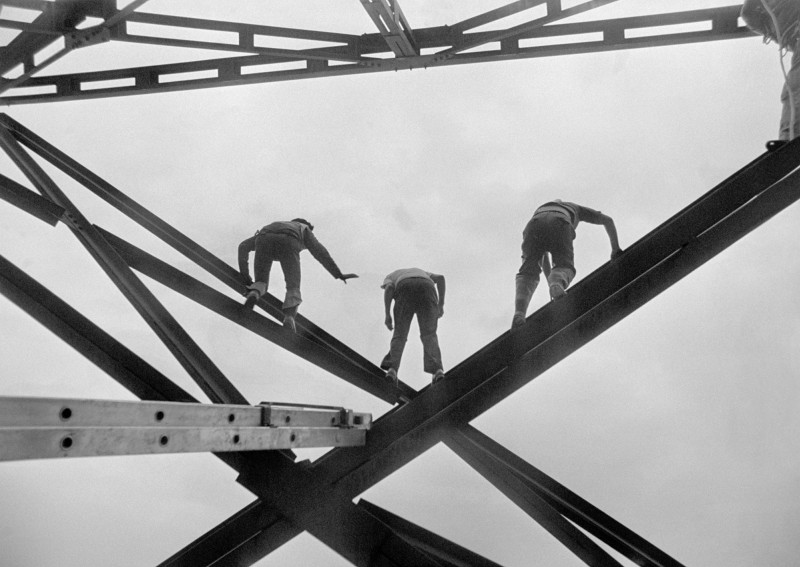Edition 2011
The Mexican revolution
Photographs and revolution
When I saw for the first time the photographs taken in 1911 by the Englishman Jimmy Hare in Ciudad Juárez, I had the feeling of looking at something that was unfamiliar to me. This feeling was disconcerting, for the pictures had been shot in my home town. Whence came this sense of unease? At first I thought it stemmed from the boldness of viewpoint typical of this great war photographer. Yet, as the years passed, I realized something else had troubled me: The concept of the Revolution that had for a very long time held sway over my imagination came from a set number of images published over the course of sixty years, a collection that did not include Jimmy Hare’s photographs, nor those of a good many others. Did it not follow that what was missing was a history of photographs of the Revolution, which this time might include the point of view of almost every photographer who left us evidence of this historic process? This is precisely what we have done in Mexico: Photography and Revolution. We have made a particular effort in this book to discover why and by what processes such a large quantity of photographs were kept out of circulation at the time, and what kind of impact that absence might have had on our country’s visual memory.
The exhibition that we are presenting at Arles represents a new challenge because, while it is certainly based on the book*, it also requires building a narrative based almost exclusively on period prints available for loan to France. The results have been extremely interesting because, far from creating problems for the collection, photographs which were not part of the original editorial project have come to enrich it. What is more, based on the vast number of items we were able to bring together for this exhibition, we can claim to have assembled here, beyond any doubt, a larger and more complete exhibition of photographs of the Mexican Revolution and its era than has ever been seen before.
Miguel Ángel Berumen, curator
When I saw for the first time the photographs taken in 1911 by the Englishman Jimmy Hare in Ciudad Juárez, I had the feeling of looking at something that was unfamiliar to me. This feeling was disconcerting, for the pictures had been shot in my home town. Whence came this sense of unease? At first I thought it stemmed from the boldness of viewpoint typical of this great war photographer. Yet, as the years passed, I realized something else had troubled me: The concept of the Revolution that had for a very long time held sway over my imagination came from a set number of images published over the course of sixty years, a collection that did not include Jimmy Hare’s photographs, nor those of a good many others. Did it not follow that what was missing was a history of photographs of the Revolution, which this time might include the point of view of almost every photographer who left us evidence of this historic process? This is precisely what we have done in Mexico: Photography and Revolution. We have made a particular effort in this book to discover why and by what processes such a large quantity of photographs were kept out of circulation at the time, and what kind of impact that absence might have had on our country’s visual memory.The exhibition that we are presenting at Arles represents a new challenge because, while it is certainly based on the book, it also requires building a narrative based almost exclusively on period prints available for loan to France. The results have been extremely interesting because, far from creating problems for the collection, photographs which were not part of the original editorial project have come to enrich it. What is more, based on the vast number of items we were able to bring together for this exhibition, we can claim to have assembled here, beyond any doubt, a larger and more complete exhibition of photographs of the Mexican Revolution and its era than has ever been seen before.Miguel Ángel Berumen, curator
Exhibition produced in collaboration and with the support
of the Televisa Foundation, Mexico. Exhibition venue: Espace Van Gogh.
Exhibition produced in collaboration and with the support of the Televisa Foundation, Mexico. Exhibition venue: Espace Van Gogh.










